#RalphNader
Junkyard Find: 1962 Chevrolet Corvair Monza Club Coupe
Ah, the Chevrolet Corvair. Easily the most controversial American car ever made, nearly two million examples were sold during the 1960 through 1969 model years. It remains one of the most common 1960s Detroit cars in Ewe Pullet-style car graveyards to this day. I found this sporty 1962 Monza Club Coupe in a Denver-area yard last month.
Nader's Museum Will Show You a Non-Crashed Corvair, Sell You a Flaming Pinto T-Shirt
The Chevrolet Corvair and Ford Pinto have long been derided as death traps — one for its tendency to crash into stuff backwards, and the other for roasting its occupants alive. They also share something else in common: you can see both at Ralph Nader’s museum (though, in the Pinto’s case, it will be in the form of a t-shirt).
Ralph Nader, who’s famously known as the guy who mercilessly destroyed the reputation of an innocent air-cooled Chevrolet or a hero who made big corporations think about their customers’ lives at least a little bit, is apparently a man with a sense of humor.
Ralph Nader: Unsafe at Any Age
The author of the most famous — and controversial — book ever penned about the automotive industry turns 82 today.
Automobile safety crusader Ralph Nader probably wouldn’t have made it to this ripe old age if the industry hadn’t made design changes and undergone cultural reforms in the wake of his scathing 1965 publication “Unsafe at Any Speed.”
That book, which laid bare design flaws and the general lack of regard for safety during the then-Big Three’s heyday, ultimately sunk the innovative ‘swing axle’ Chevrolet Corvair — or as Nader called it, “The One-Car Accident.”
Automaker Whistleblower Protection Act Rewards Do-gooders, But There's A Catch
Buried deep within the recently passed highway transportation funding act is a provision to incentivize whistleblowers to speak out against automakers who design serious safety flaws in the cars that they make.
The Motor Vehicle Safety Whistleblower Act, passed in Congress earlier this year and signed into law by President Barack Obama this month as part of a larger highway transportation funding bill, is the first federal attempt at preventing catastrophic defects such as the ignition switch installed into General Motors cars that killed 124 people. This year, General Motors settled with victims and families for more than $600 million and paid federal regulators more than $900 million in fines.
The bill’s language specifically targets defects such as GM’s ignition switches, but could leave helpless whistleblowers in cases like Volkswagen’s or examples such as Ralph Nader’s outcry as part of his groundbreaking book “Unsafe At Any Speed.”
Two Coincidental Anniversaries: Nader's 'Unsafe At Any Speed' Turns 50, 30 Years After National Speed Limit Abolished
On Nov. 29, 1995, having lost Congress to the Republicans in the 1994 midterm elections, President Bill Clinton reluctantly signed a transportation bill that repealed the National Maximum Speed Limit of 55 miles per hour. The NMSL was made law in 1973, during the Nixon administration, in response to the oil embargo and energy crisis that followed in the wake of the Yom Kippur War. While it didn’t precisely mandate a national 55 mph limit, the law allowed the federal government to withhold highway funds from states that didn’t lower expressway speed limits to 55, the so-called “double nickel.”
It just so happened that the next day was the 30th anniversary of the publication of Ralph Nader’s highly influential book about car safety, “Unsafe At Any Speed.”
Who Needs Naders? We Have Cyborgs!
Yesterday, TTAC’s daily news editor Aaron Cole wrote an editorial calling for a new Ralph Nader to arise and save us from our own refusal to make appropriate safety-related automotive choices. I found the article fascinating, not least because one of my first editorials for TTAC was a skeptical look at the benefits of so-called “advanced driver training”. In that editorial, I argued that the decision to purchase a safe car was far more critical to crash survivability than any amount of special training would be. I then proceeded to prove my own point by selling my Phaetons, buying a Lincoln Town Car, and experiencing an incident (direct, high-speed perpendicular impact to my passenger door) that would have been trivial in said Phaetons but which was crippling in the aforementioned Town Car.
Since then, my thoughts on road safety have primarily centered around the idea of risk reduction. I believe that if you cancel or modify your riskiest trips, you’ll see tangible benefits from doing so. I don’t put my son in the car with me unless I have a specific agenda in mind to minimize risk from that trip. My goal is to reduce his exposure, which means no unnecessary trips, no bad-weather trips, and no trips without a plan.
On the other hand, this past year I put about half of my commuting mileage on motorcycles. That tilts my overall risk profile pretty far away from “safe”. It has, however, allowed me a front-row seat for all sorts of traffic incidents and accidents, playing out in full widescreen all around me.
For those reasons, I’m inclined to disagree with Aaron a little bit when it comes to the role of the government and/or quasi-governmental activists to improve vehicle safety. I’ll explain.
We Need Another Ralph Nader To Save Us From Ourselves
In 1966, nascent federal automotive safety regulators recalled 982,823 vehicles. For the week of Oct. 25-31, automakers announced recalls of 2,727,205 vehicles. In 2014, the so-called “year of the recall,” more than 72 million cars were recalled by automakers in 902 separate recalls. On average, there are 2.5 times more cars on the road today than there were in 1966.
By most measurable statistics, vehicle recalls are more frequent and more costly to automakers and, according to safety data from NHTSA, fatal crashes happen proportionately less since their peak in 1972 — in short, recall repairs work and serve a purpose. Ralph Nader’s 1965 book, “Unsafe At Any Speed,” which accused automakers of intentionally delaying now-standard safety equipment, such as airbags, seatbelts and passive safety features, was met with fierce criticism from automakers. By 1972, several of Nader’s key points, including the federal oversight committee that would become NHTSA, had become commonplace. Automotive safety was already moving in the right direction, but Nader punched the throttle.
Like Nader’s call for mandatory safety equipment and tests in the ’60s and ’70s revolutionized automaking, a new call to revolutionize and modernize is needed. However, instead of focusing on defective and unsafe cars, there needs to be new focus for this future safety revolution: defective and unsafe drivers.
Junkyard Find: 1968 Chevrolet Corvair Monza Coupe
Fully three-quarters of you who took our “Ralph Nader, Angel or Demon” poll voted to give ol’ Ralph a halo instead of a pitchfork, so we don’t need to explain how his book wasn’t really the cause of the Corvair‘s plummeting sales after the initial burst of enthusiasm following the car’s release. No, most likely it was that more traditional Chevy II that did that, but the case can be made that The General kept on building Corvairs all the way into 1969 as a way of proving that Ralph Nader can’t push around (what was then) the Most Powerful Corporation In the World. In 1968, only about 15,000 Corvairs were sold, which makes this rusty Denver example fairly uncommon.
Question of the Day: Ralph Nader, Angel or Demon?
It’s Monday, so let’s start it off by ignoring the demands of your cruel overseers in The Man’s salt mines and turning to a subject that’s sure to get all automotive enthusiasts riled up: Ralph Nader!
Barra Defends GM Top Lawyer In Second US Senate Hearing
Under fire from the U.S. Senate Commerce Committee for not having fired General Motors’ top counsel Michael Millikin, CEO Mary Barra defended her decision to keep him on the company payroll during Thursday’s hearing over the February 2014 ignition recall crisis.
GM Adds Clinton Media Director To Crisis Team
In an interview with New York Magazine, consumer advocate Ralph Nader said General Motors CEO Mary Barra has “a good opportunity” to make serious changes to the corporate cost culture that gave rise to the 2014 ignition recall crisis. Suggestions include appointing an independent ombudsman with a direct line to the president and CEO for engineers who need to speak out about possible problems without having to go through “cost-concerned bosses,” as well as holding accountable all involved in any cover-up of any potential product issues.
Nader also believes the federal government should go after personal prosecutions of those tied to the current recall, but adds that unless the media keeps putting the pressure on the Justice Department to do so, the only thing that could come is a settlement in the vein of the one reached between the agency and Toyota earlier this month.
Automotive Lawsuit History Unearthed, Junkyard Style: The Ford Park-To-Reverse Warning Label
For decades, I’ve been seeing Ford-family vehicles with ugly, pointless warning labels stuck to their instrument panels: Unexpected and possibly sudden vehicle movement may occur if these precautions are not taken. I’d always assumed that these were ex-rental cars, but after I mentioned the warning stickers in this week’s ’75 Ford Maverick Junkyard Find post, several readers pointed out that the stickers were the result of Malaise Era litigation. Of course!



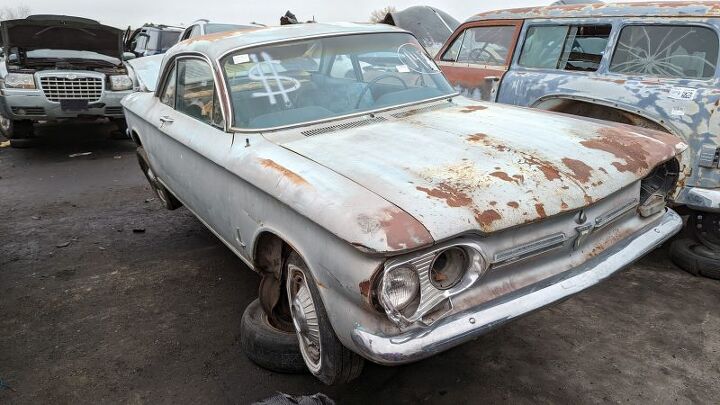
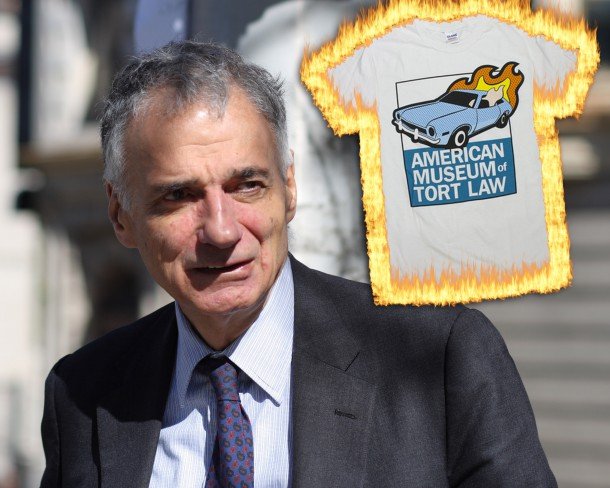

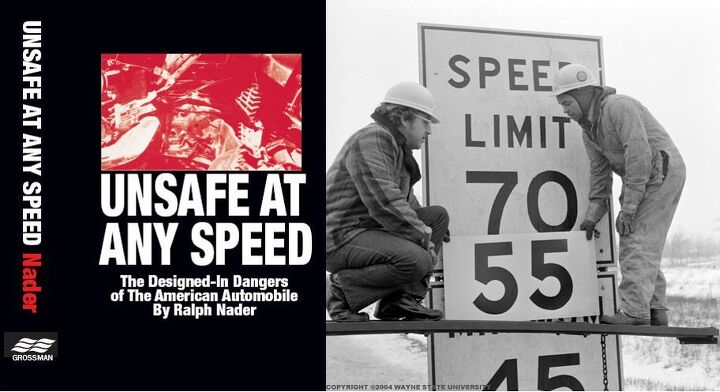

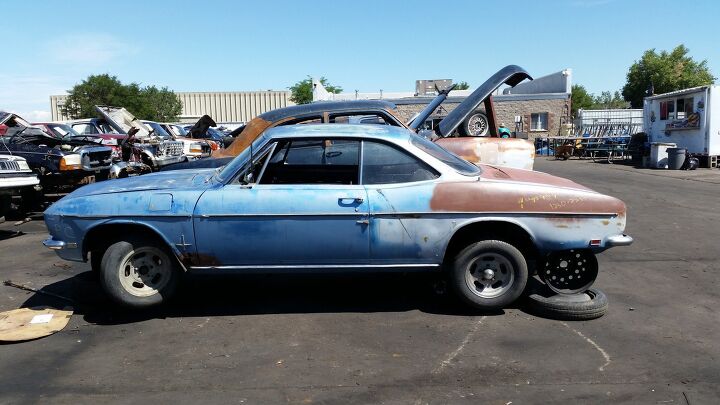


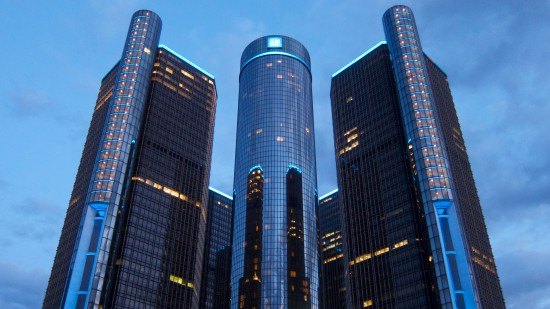
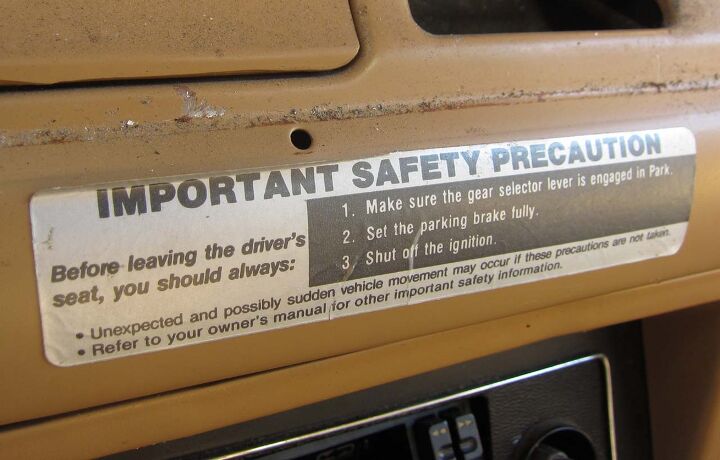












Recent Comments